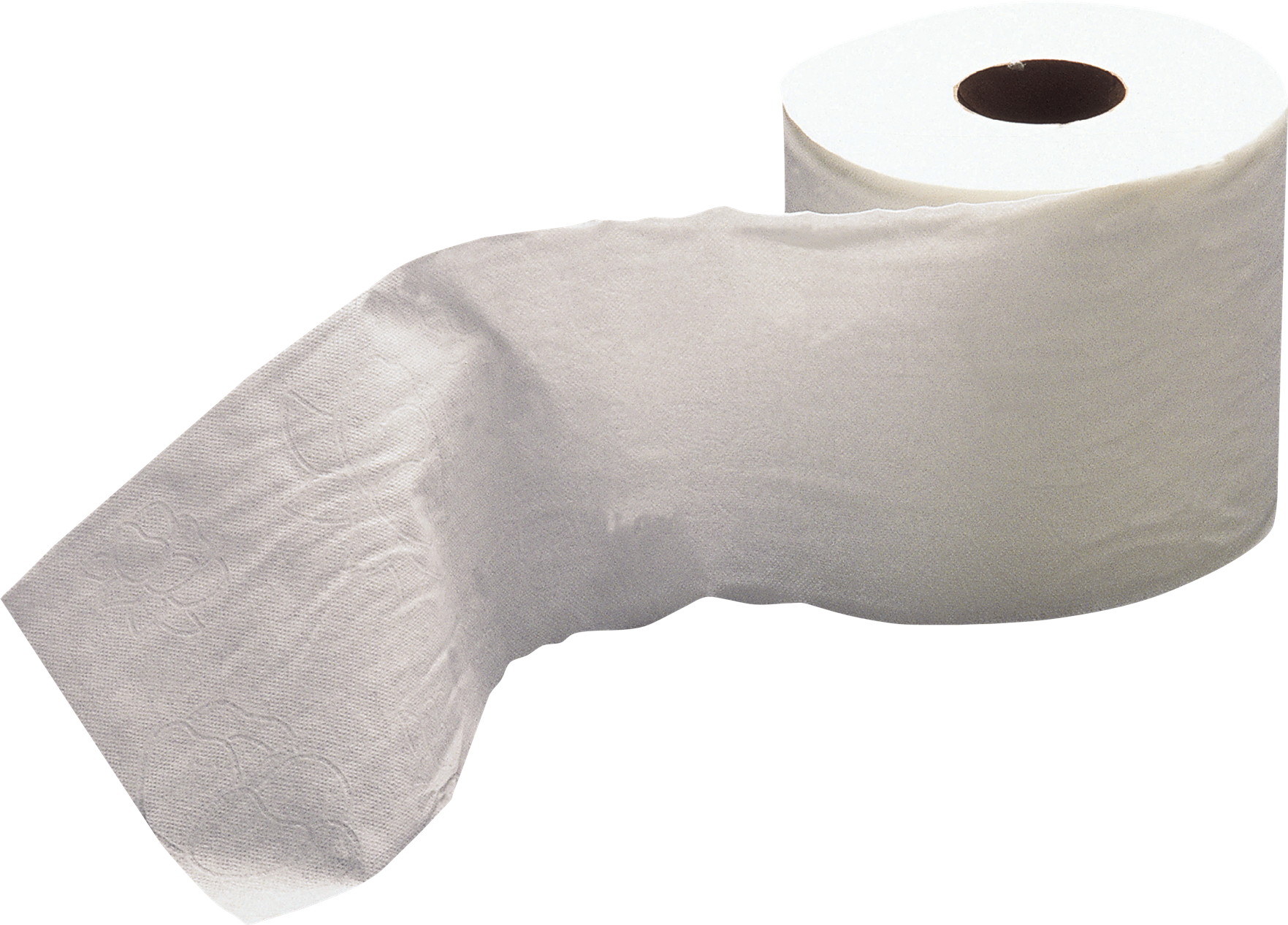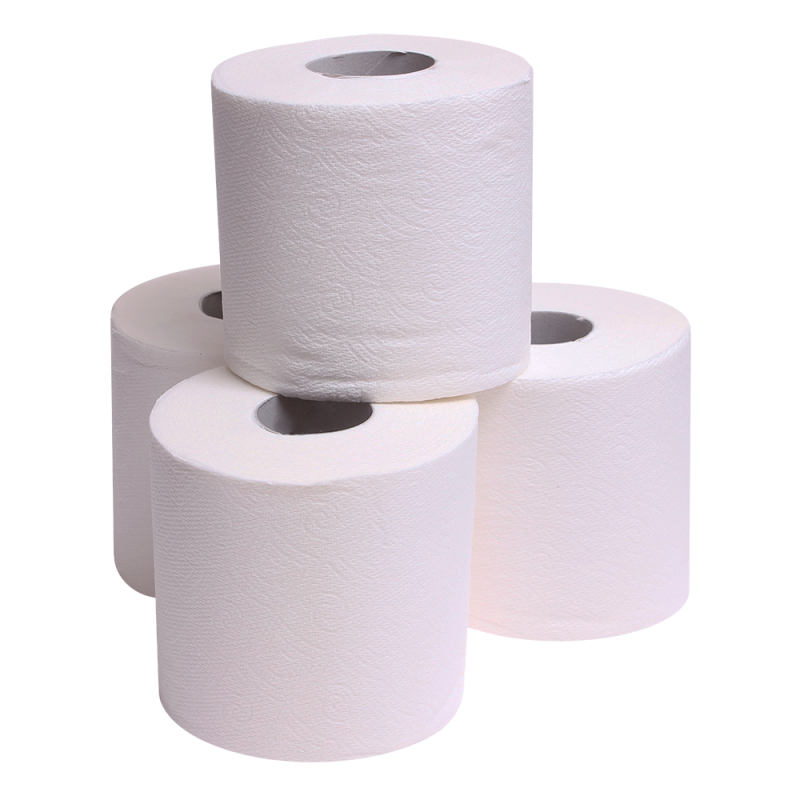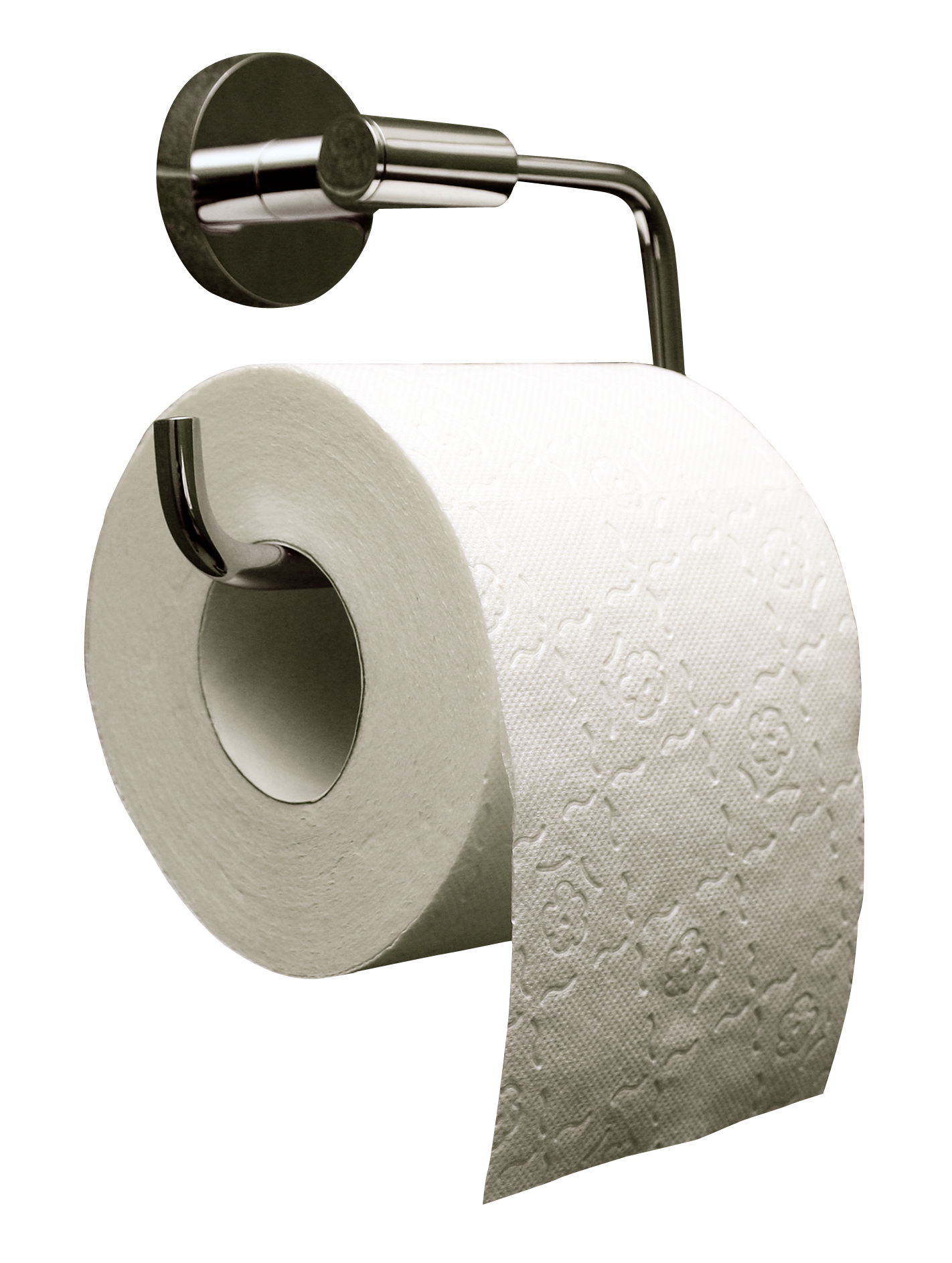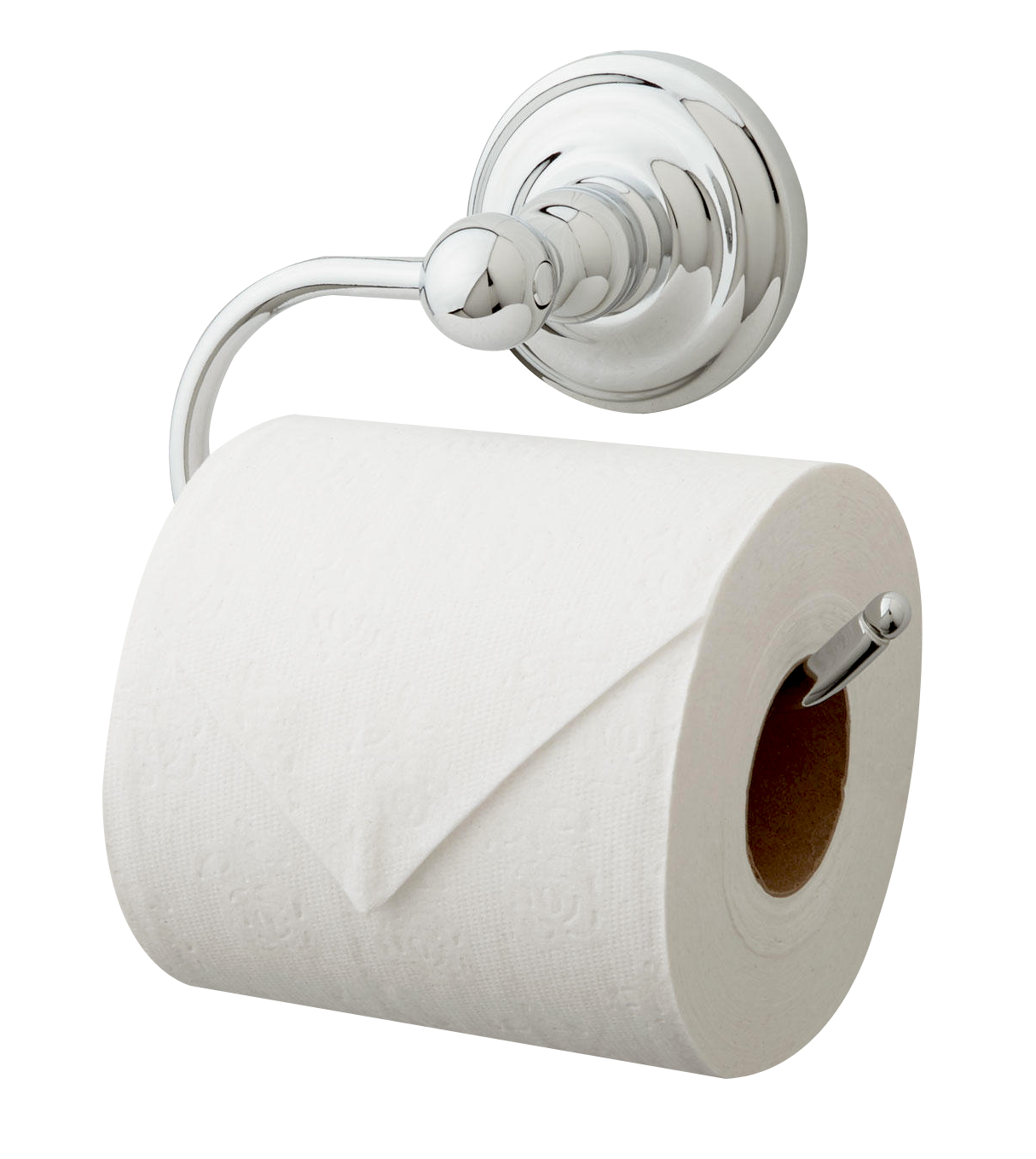Toilet Paper Png
It has become a hot topic during these trying times - a commodity that most of us have taken for granted - toilet paper. As the world is faced with a pandemic, the panic buying and hoarding of items such as toilet paper have become rampant. The empty shelves in supermarkets and grocery stores can attest to this phenomenon. But what really is toilet paper? For those who are unfamiliar, toilet paper is a soft, absorbent paper used for personal hygiene and cleaning after using the bathroom. It comes in various forms, sizes, and ply. Some are scented, some are infused with aloe vera, and some are made with different materials such as bamboo. Interestingly, the history of toilet paper can be traced back to ancient China in the 6th century AD. The first recorded use of toilet paper was in the Chinese imperial court, where they used 2-foot by 3-foot sheets of paper. In 1393, the Bureau of Imperial Supplies began producing government-issued toilet paper. However, it was not until the 19th century that toilet paper became widely available in the Western world. Today, toilet paper is a household staple, but it has become a highly sought-after commodity during the pandemic. The scarcity of toilet paper has led people to find alternatives such as using wipes, bidets, and even reusable cloths. Some people have even resorted to using newspapers and phone books. However, it is important to note that using alternative items may not always be safe for personal hygiene. Wipes, for example, may contain harmful chemicals that can cause skin irritation and other health risks. Bidets, on the other hand, may not be readily available in most households and may require additional costs for installation. Furthermore, the importance of using toilet paper goes beyond personal hygiene. It also plays a significant role in environmental sustainability. According to a report by the Natural Resources Defense Council, Americans use approximately 28,000 tons of toilet paper each day, which equates to 1.5 million tons of waste annually. This waste ultimately ends up in landfills or even in the ocean. As consumers, we can take steps to help reduce our environmental impact. Using recycled toilet paper, for example, can help lessen the amount of waste produced. Some companies even offer toilet paper made from bamboo, a highly sustainable material that grows rapidly and requires less water than traditional trees. In conclusion, toilet paper may seem like a trivial item, but it has a significant impact on our daily lives and the environment. As the world continues to face the challenges brought about by the pandemic, let us all be mindful of our consumption habits and choose sustainable options when possible. And always remember to wash your hands! 





www.pngall.com - toilet paper transparent background file pngimg tattoo

www.downloadclipart.net - 1266 1763 citypng
www.pngall.com - toilet paper clipart transparent

www.freepngimg.com - vrac dissolve motorhome caravan freepngimg badkamer zachte goedkope ply toiletpapier doux plis

purepng.com - toilet paper roll transparent clipart purepng mirror library pngpix logo webstockreview

purepng.com - purepng pngpix
Post a Comment for "Toilet Paper Png"